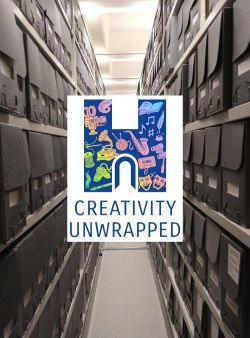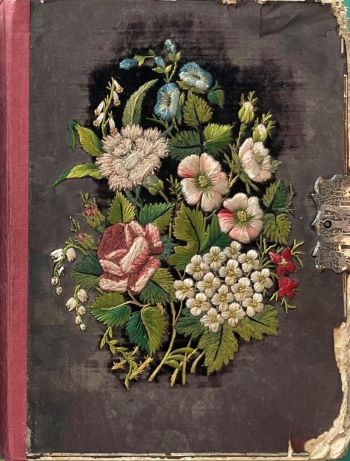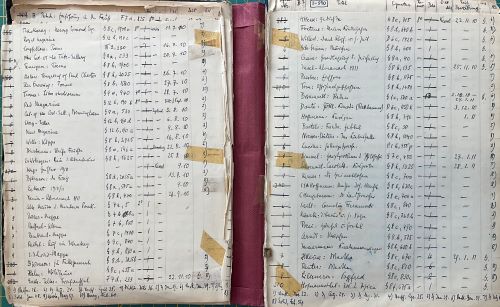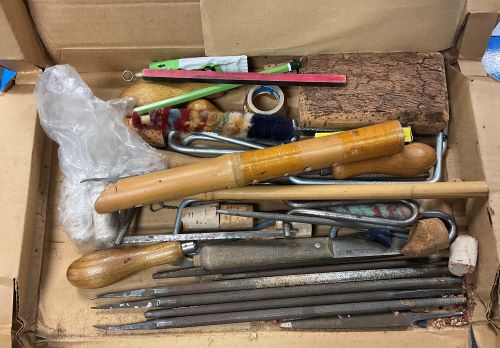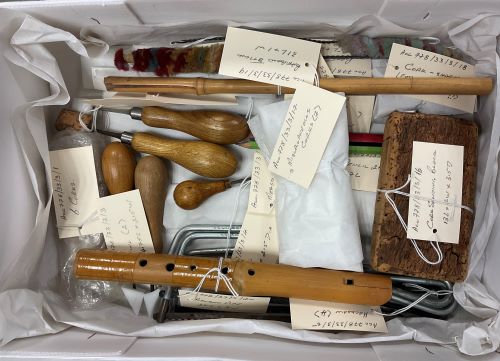Part 5: The importance of the box
In our fifth and final ‘What’s In The Box?’ blog for this year’s Heritage Open Days Festival instead of looking in the box we are considering the importance of the box!
Collections care and preventative conservation are integral to everything we do and something as simple as storing archival items in a box can make a considerable difference in preserving the condition of items in our care which in turn means that we will be able to make them available to future generations.
Storing items in a box prevents damage from light, dust, pollution, and pests. It also helps to decrease the chances of accidentally mixing up or misplacing component parts. The boxing up of items helps us maximise our storage space and enables us to better record storage locations so items are quicker and easier to retrieve for visitors to our research room.
A box also helps to provide a more stable environment as slows down the effects from external fluctuations in temperature and humidity, which puts less stress on the material stored. And, should the worst ever happen, and there is flood or a fire, a box can provide a surprising amount of protection, helping to reduce damage and make salvage activities easier and quicker.
For items which are a standard size there is a large selection of acid free and buffered boxes that can brought from specialist suppliers, but for items that do not easily fit in these boxes or require bespoke packaging we make our own boxes. These time lapse videos show the process of making a bespoke box for this beautifully embroidered book containing a handwritten index to one of our Library Special Collections.
These bamboo pipe making tools came to us in box without a closing lid and the risk of both damage and items becoming separated from each other was high. As a first step the items have been listed, labelled and any sharp edges cover to prevent damage to other items in the box and to us! The items have been placed in a temporary box (with a lid) and padded with acid free tissue paper whilst we assess the best way to create bespoke packaging for each of the items.
We hope you have enjoyed this blog series for Heritage Open Days if we have inspired you to find out more about our collections or if you are interested in seeing any of the items we have featured in person do get in touch as we would be delighted to book you in to visit our research room, just email archives@surrey.ac.uk or check out the information on our website https://www.surrey.ac.uk/library/archives-and-special-collections or https://www.instagram.com/uniofsurreyarchives/

